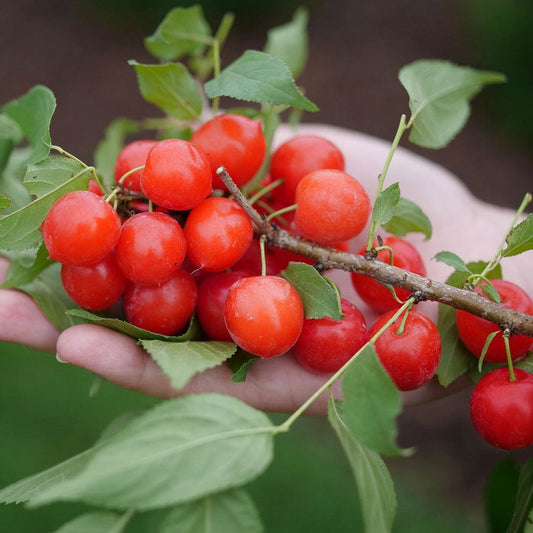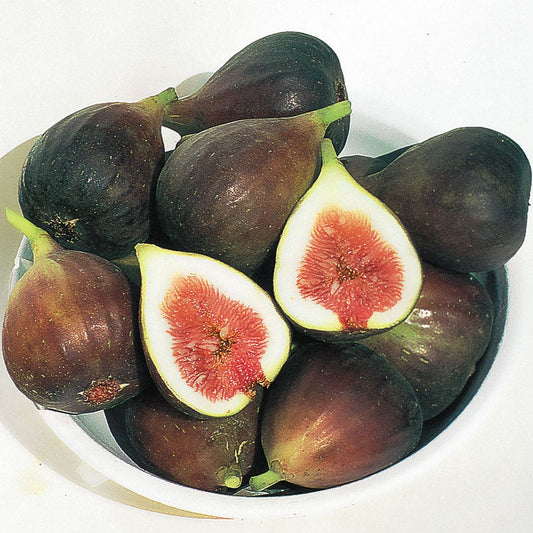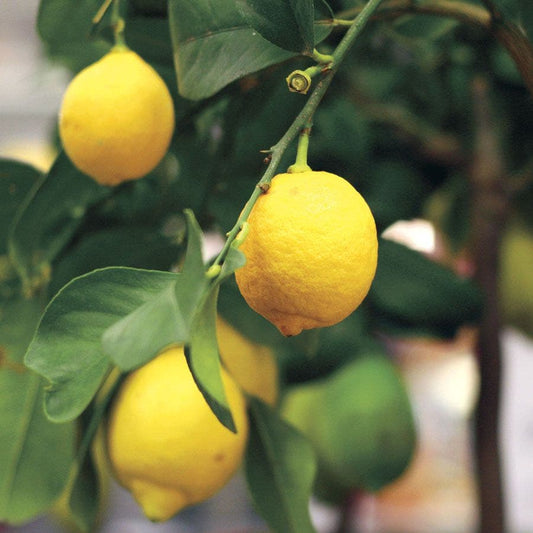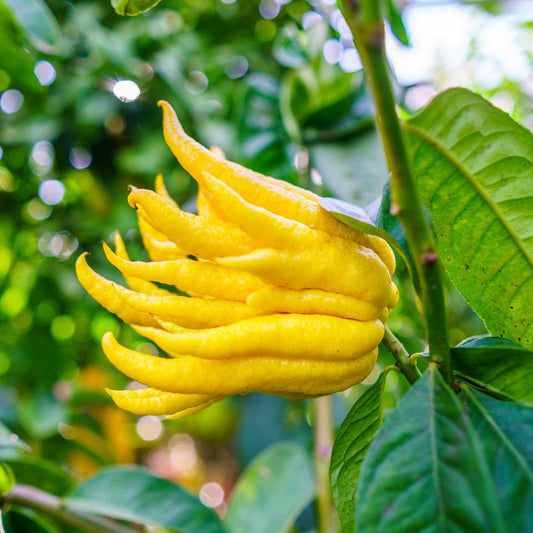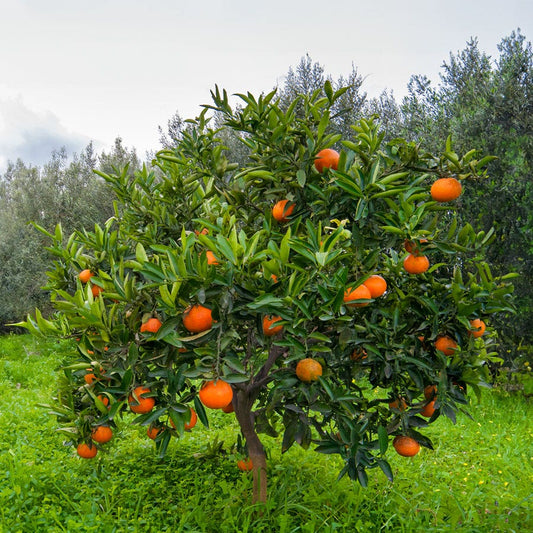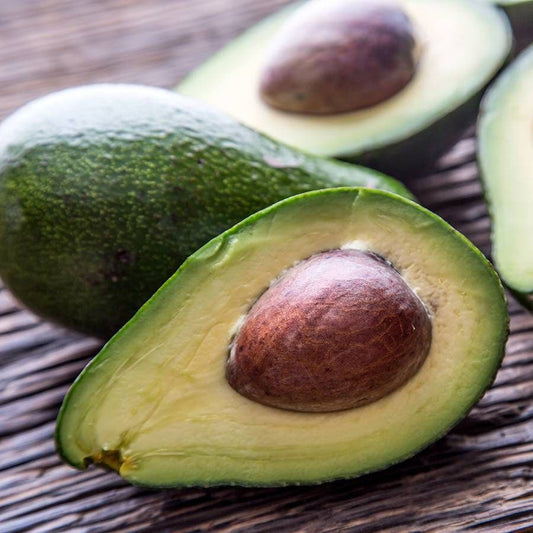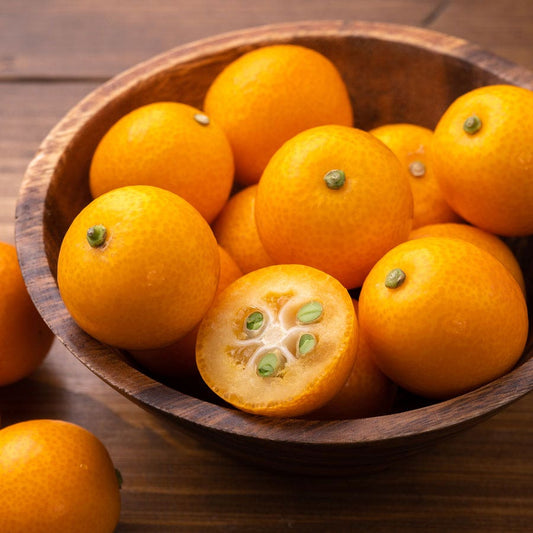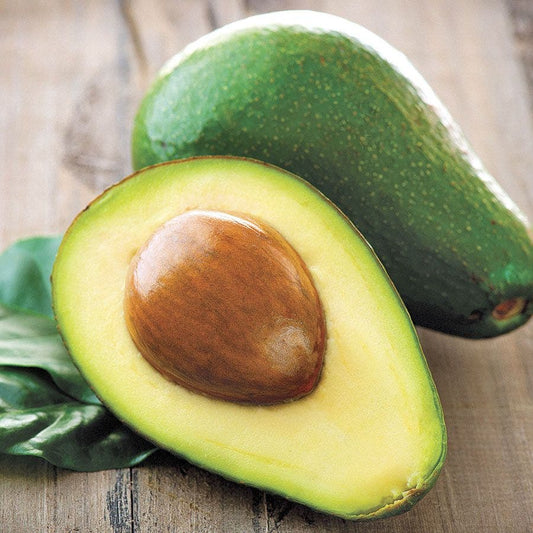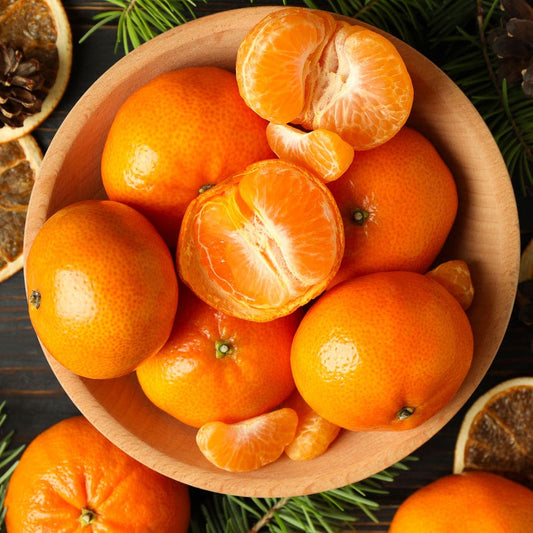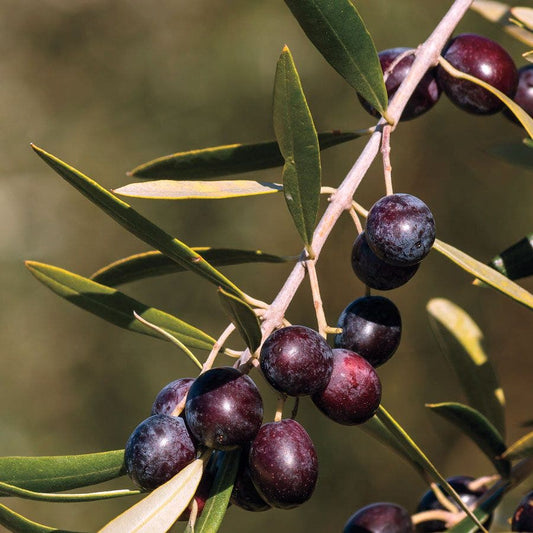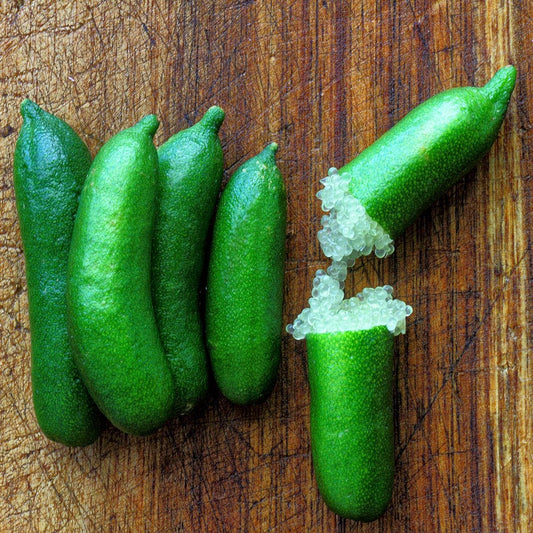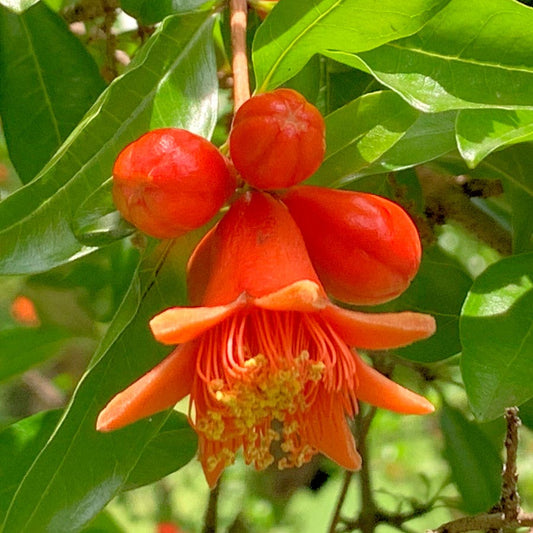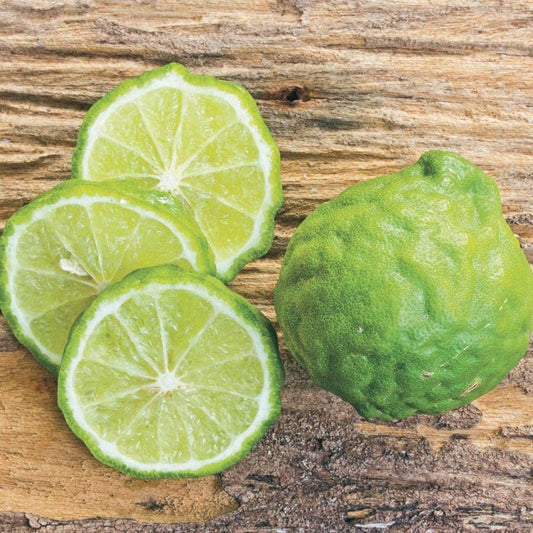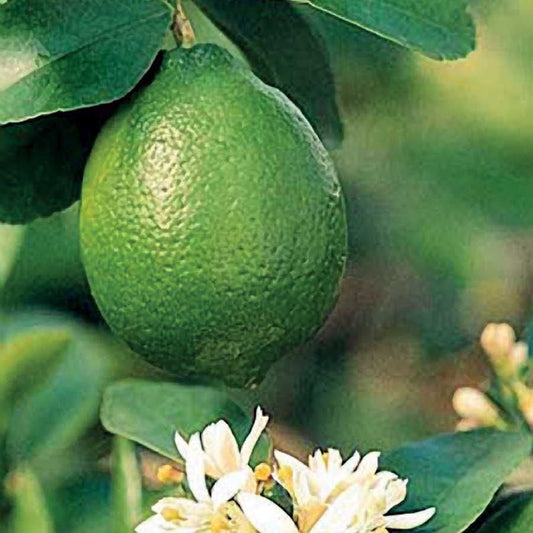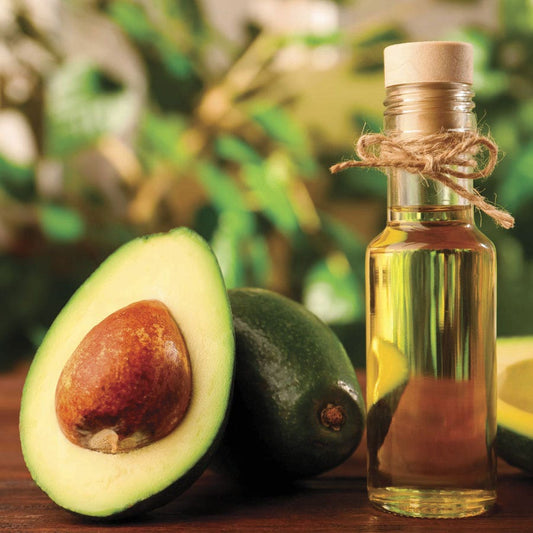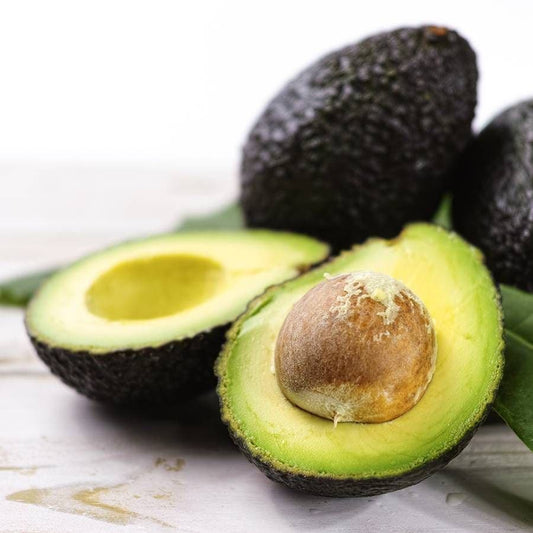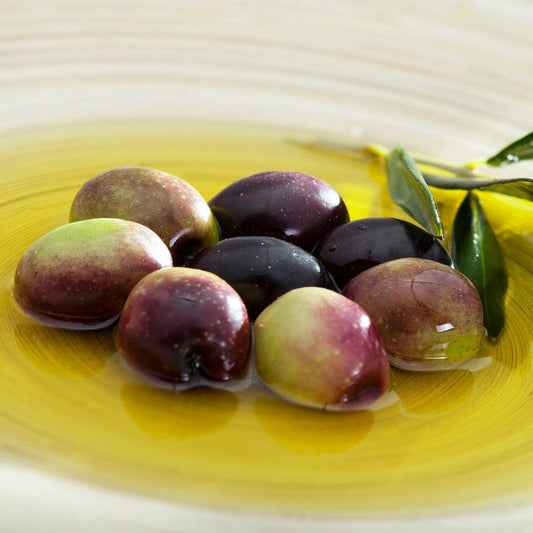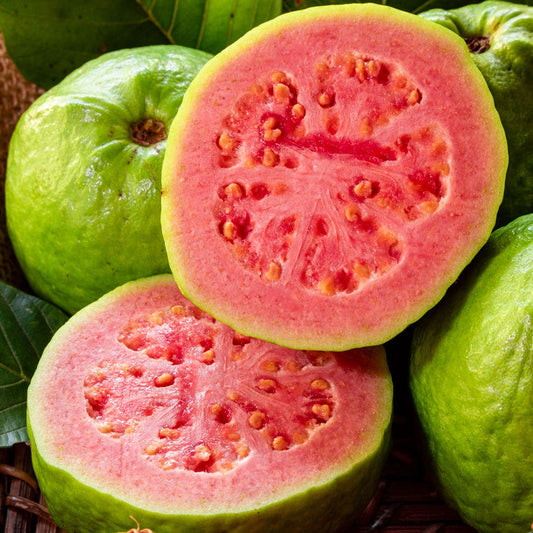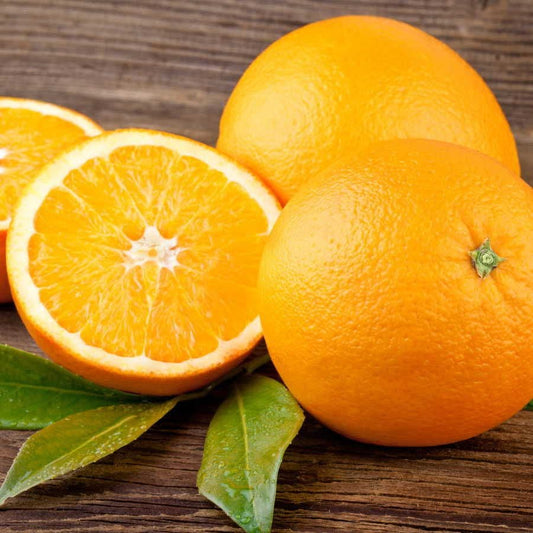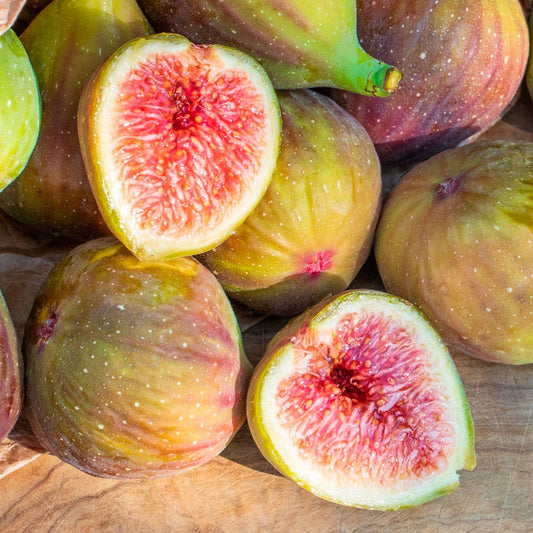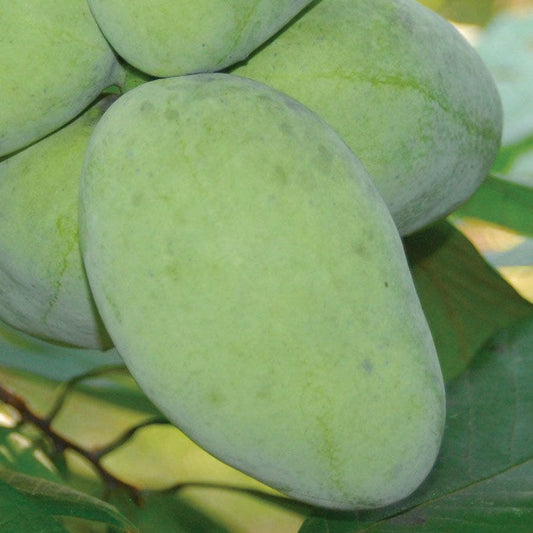Fruit Trees
Transform your yard into a thriving orchard with our collection of fruit trees. From classic apple and cherry trees to tropical citrus and fig varieties, these trees are carefully selected for flavor, resilience, and yield. Shop easy-to-grow fruit trees to get started.
-
Prunus Easy As Pie™ Bush Cherry
Regular price $24.95Regular priceUnit price / per$24.95Sale price $24.95 -
Ficus 'Brown Turkey' Fig
Regular price From $20.95Regular priceUnit price / per$20.95Sale price From $20.95 -
Citrus 'Meyer' Lemon Tree
Regular price $99.95Regular priceUnit price / per$99.95Sale price $99.95 -
Citrus 'Eureka' Lemon Tree
Regular price $99.95Regular priceUnit price / per$99.95Sale price $99.95 -
Citrus Buddha's Hand Citron Tree
Regular price $119.95Regular priceUnit price / per$119.95Sale price $119.95 -
Citrus 'Washington' Navel Orange Tree
Regular price $99.95Regular priceUnit price / per$99.95Sale price $99.95 -
Persea Avocado Bacon
Regular price $99.95Regular priceUnit price / per$99.95Sale price $99.95 -
Citrus 'Fukushu' Kumquat Tree
Regular price $99.95Regular priceUnit price / per$99.95Sale price $99.95 -
Persea Avocado 'Wurtz'
Regular price $99.95Regular priceUnit price / per$99.95Sale price $99.95 -
Citrus Clementine Mandarin Tree
Regular price $119.95Regular priceUnit price / per$119.95Sale price $119.95 -
Olive 'Arbequina' Tree
Regular price $99.95Regular priceUnit price / per$99.95Sale price $99.95 -
Citrus Australian Finger Lime Tree
Regular price $119.95Regular priceUnit price / per$119.95Sale price $119.95 -
Punica 'Eversweet' Pomegranate
Regular price $99.95Regular priceUnit price / per$99.95Sale price $99.95 -
Citrus Kieffer Lime Tree
Regular price $99.95Regular priceUnit price / per$99.95Sale price $99.95 -
Citrus 'Bearss' Lime Tree
Regular price $99.95Regular priceUnit price / per$99.95Sale price $99.95 -
Persea Holiday Avocado
Regular price $99.95Regular priceUnit price / per$99.95Sale price $99.95 -
Persea Avocado 'Hass'
Regular price $99.95Regular priceUnit price / per$99.95Sale price $99.95 -
Olea 'Mission' Olive Tree
Regular price $99.95Regular priceUnit price / per$99.95Sale price $99.95 -
Psidium 'Tropical Pink' Guava
Regular price $119.95Regular priceUnit price / per$119.95Sale price $119.95 -
Citrus 'Trovita' Orange Tree
Regular price $99.95Regular priceUnit price / per$99.95Sale price $99.95 -
Ficus 'Flanders' Fig
Regular price $99.95Regular priceUnit price / per$99.95Sale price $99.95 -
Ficus Stella™ Fig
Regular price $34.95Regular priceUnit price / per$34.95Sale price $34.95 -
Asimina 'Potomac' PawPaw
Regular price $56.95Regular priceUnit price / per$56.95Sale price $56.95 -
Honeycrisp™ Apple Tree Kit
Regular price $56.95Regular priceUnit price / per$56.95Sale price $56.95
Fruit Trees
What Are the Easiest Fruit Trees to Grow?
If you don’t have a full orchard of your own, or even a lot of space to work with, there are still plenty of fruit trees you can grow. Some of the easiest fruit trees to grow are figs, plums, cherries, and apples. These trees are known for being disease-resistant and relatively low-maintenance when planted in the right conditions.
While some fruits can be grown successfully from seed, starting with a bare root tree or small plant will shorten your time to harvest. Keep in mind that some fruit trees take years to reach maturity, even if they’re easy to grow.
Can Fruit Trees Grow in Containers?
Yes, some fruit trees can be grown in containers. The best options are dwarf and miniature varieties—especially citrus trees like Meyer lemons and clementine mandarins —that don’t grow more than a few feet tall. Some larger fruit trees are more tolerant to being grown in pots than others, like figs and pomegranates.
While many small fruit trees can be grown in containers, not all of them are a good fit for growing indoors. Aside from small citrus trees, some of the best indoor fruit trees are self-fertile cherry trees and apricot trees.
Do I Need More Than One Tree for Pollination?
If you want your fruit trees to produce, you may need to plant more than one. Many fruit trees are self-incompatible, which means they can’t pollinate themselves, and even some that are self-pollinating will produce more fruit if there’s another tree of the same fruit type nearby.
Examples of self-pollinating trees include many apricots, peaches, figs, nectarines, and sour cherries. Fruit trees that typically require more than one tree for pollination include apples, pears, sweet cherries, plums, and kiwi.
Check a fruit tree’s pollination requirements before you buy. If the variety you’ve chosen requires cross-pollination, you’ll need to buy multiple different varieties of the same fruit type.How Long Does It Take for Fruit Trees to Produce Fruit?
It generally takes between 2 and 7 years for fruit trees to begin producing fruit. Most fruit trees need time to establish a strong root system before they can start bearing fruit, and yield may depend on the growing conditions. Here’s a quick overview of timeframes for popular fruit trees:
- Apple: 2 to 5 years
- Apricot: 2 to 5 years
- Fig: 2 to 3 years
- Olive : 2 to 3 years
- Peach: 2 to 4 years
- Pear: 4 to 6 years
- Pecan : 4 to 10 years
- Plum: 3 to 6 years
- Sour Cherry: 3 to 5 years
- Sweet Cherry: 5 to 7 years
When Is the Best Time to Plant Fruit Trees?
The best time to plant fruit trees is generally in the late winter or early spring. It’s important to plant fruit trees while they’re still dormant—this gives them time to establish a strong root system before the summer heat sets in. In milder climates, it may be appropriate to plant fruit trees in the fall.
Ready to start your own orchard? Shop our curated collection of 100% non-GMO fruit trees and discover the Park Seed difference.
